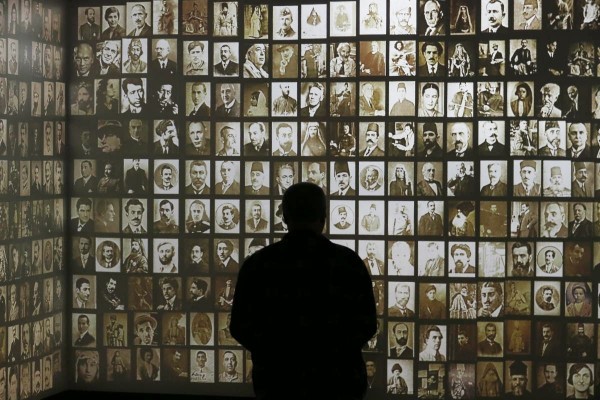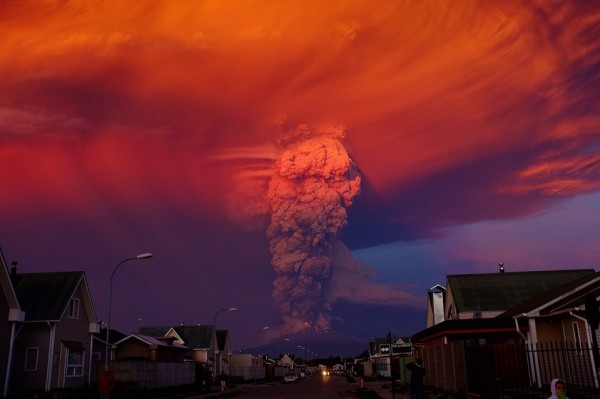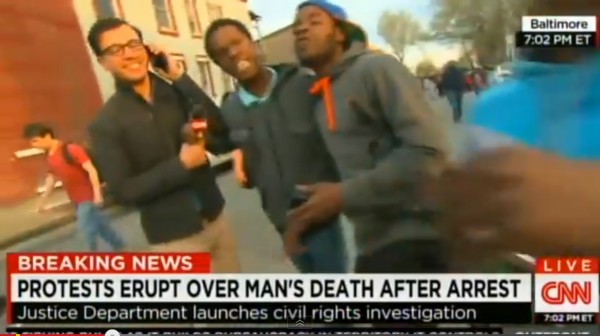Notes
Armenian Association
With memorials of the 1915 Armenian genocide circulating through this week’s news cycle, it’s interesting to see how editors at The Boston Globe are using this photograph of photographs as a way to help viewers put a human face on the atrocities of war. How else to get a sense of so many stories lost to the annals of history? The numbers of people killed are astounding. Estimates run into the millions. Here an individual in silhouette confronts head on—if you pause to crunch the numbers—the faces of more than two hundred Armenians, god rest their souls. Each portrait represents a human life, and each photograph at once makes it easier and more difficult to come face to face with the bewildering human practice of systematic execution.
But according to the caption, these are the faces of “famous Armenian people,” and they are on display in Moscow, not Armenia. With that information, this wall of portraits could just as well have nothing to do with the war or with any other brutal massacre. Are these individuals famous for being numbered among the victims of 1915? Or are they famous for some reason that has nothing to do with the war? Are we looking at a scene of admiration or lamentation? Are Globe editors counting on us to fill in the blanks, assuming we are going to see the faces of fame as the faces of genocide?
We don’t know for sure, but it doesn’t matter either way. Call it a productive ambiguity in the visual story. Rituals of public memory have always been about forming the community through public display—using cultural materials to fashion and shape how “we” want to remember ourselves—rather than just documenting an empirically verifiable record of the past. From that angle it makes sense to reach for any available means of constructing a memorable image of the Armenian people.
— Philip Perdue
(photo: Sergie Ilnitsky. caption: A visitor examines portraits of famous Armenian people during the opening ceremony of the Museum of National Culture of Armenia on the territory of the temple complex of the Armenian Apostolic Church in Moscow, Russia, on April 22.)



Reactions
Comments Powered by Disqus